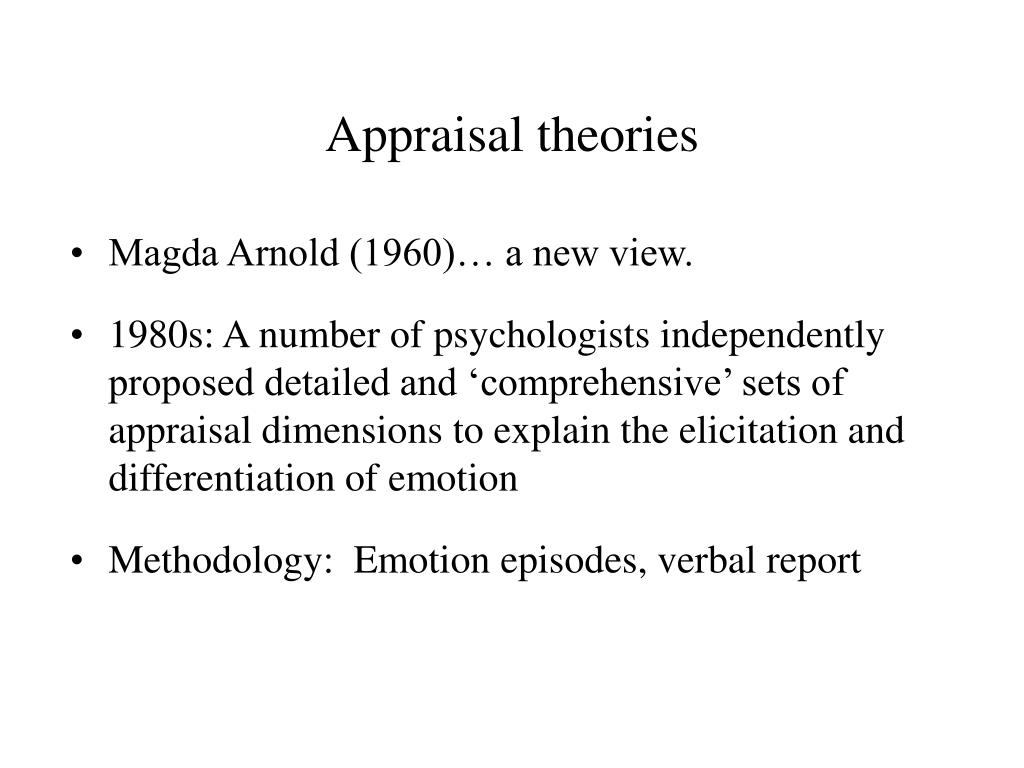

The James-Lange theoryof emotion asserts that emotions arise from physiological arousal. Over time, several different theories of emotion, shown in Figure 10.22, have been proposed to explain how the various components of emotion interact with one another. Therefore, different people may have different emotional experiences even when faced with similar circumstances. Together, these are the components of emotion, and our experiences, backgrounds, and cultures inform our emotions. Our emotional states are combinations of physiological arousal, psychological appraisal, and subjective experiences. This section closes with a discussion of the ubiquitous nature of facial expressions of emotion and our abilities to recognize those expressions in others. This section will outline some of the most well-known theories explaining our emotional experience and provide insight into the biological bases of emotion. (credit a: modification of work by Kerry Ceszyk credit b: modification of work by Kerry Ceszyk) Here we will focus on emotion, and you will learn more about mood in the chapter that covers psychological disorders.įigure 10.21 Toddlers can cycle through emotions quickly, being (a) extremely happy one moment and (b) extremely sad the next. Mood states may not be consciously recognized and do not carry the intentionality that is associated with emotion (Beedie et al., 2011). Mood, on the other hand, refers to a prolonged, less intense, affective state that does not occur in response to something we experience. Emotions are often thought to be consciously experienced and intentional. Typically, the word emotion indicates a subjective, affective state that is relatively intense and that occurs in response to something we experience (Figure 10.21). The words emotion and mood are sometimes used interchangeably, but psychologists use these words to refer to two different things. The emotional response is comprised of three components: physiological changes, behavioural/expressive changes, and subjective changes (described in more detail in the tricky topic below). Depending on how we appraise the event, we get a different emotional response. This antecedent event prompts our appraisal, which is the step where we try to make sense of the event. Generally, in the emotional process, we have some kind of antecedent event and this triggers the emotion. However, as discussed later in the chapter, the exact order in which the components occur is not clear, and some parts may happen at the same time. Emotions result from the combination of subjective experience, expression, cognitive appraisal, and physiological responses (Levenson et al., 1991). An emotion is a subjective state of being that we often describe as our feelings. Understand the ubiquitous nature of producing and recognizing emotional expressionĪs we move through our daily lives, we experience a variety of emotions.Describe the role that limbic structures play in emotional processing.By the end of this section, you will be able to:


 0 kommentar(er)
0 kommentar(er)
